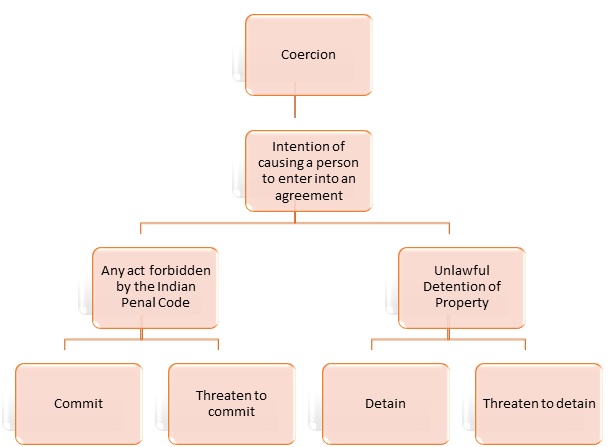Promoting Enmity
India is a multifarious community where different religious, race, place of birth, residence, language, etc. groups live together. The diverse culture is seen as a strength in Indian culture. But what if this unity in diversity breaks? Not all people agree to this unity? What if someone instigates people/community against each other, tries to promote enmity between these groups to start a civil war?
Indian lawmakers were
aware about this situation and hence inserted section 153A under IPC. Section
153A prohibits everyone to perform such actions that may promote enmity between
any groups on the ground of religions, race, place of birth, residence,
language etc. What is important is to note that offences under this section are
cognisable i.e. offences in which the police officer as per the first schedule
or under any other law for the time being in force, can arrest the convict
without a warrant and can start an investigation without the permission of the
court.
Further, under this
section, the punishment is enhanced for offences committed in a place of
worship, etc. The primary objective of section 153-A is to prevent breaches of
the public tranquillity which might result from excited feelings of enmity
between classes of people.[1] However, one of the
important factors to constitute whether such an offence of promoting enmity is
committed or not is the presence of malicious intent. If the malicious intention
is absent from the actions of the accused, he cannot be punished for the
offence of promoting enmity as stated under The Trustees of Safdar Hashmi
Memorial Trust v Govt of NCT of Delhi, 2001 Cr LJ 3689 (Del). A Bombay High
Court Judgment held that analysing the ingredient of intention is not necessary
while examining the offence under section 153A. If the writing in dispute
clearly promotes or is calculated to promote enmity on the given grounds, then
malafide intention is assumed to be present during the publication of such
writing or statements. For example, is a case of a newspaper article, an article
which promotes hatred is assumed to be published with the intention to promote
enmity.
The actions of the
accused to beheld guilty under this section is when the person by words, either
spoken or written, or by signs or by visible representations or otherwise,
promotes or attempts to promote, disharmony or feelings of enmity, hatred or
ill-will between different religious, racial, language or regional groups or
castes or communities or acts prejudicial to the maintenance of harmony or is
likely to disturb the public tranquillity.[2] The core of the section is
that the person should have the intention to promote feelings of enmity or hatred
between different classes of people.[3]
Consider this example
wherein the A published a sentence “Oriya is a younger sister of Bengal” in his
book. After this A published an apology in newspaper and deleted the
controversial statement. In this case, one cannot say that the sentence was published
to defame Oriya language or promote hatred between different linguistic groups.
[Express Publications (Madurai) Ltd v State of Orissa, 2006 Cr LJ 2548 (Ori)].
- One of the exemptions to this offence is
promotion of enmity between political groups. Apparently in India,
promotion of enmity between political groups is not considered as an offence like the capitalists and the labour class or between persons
believing in different forms of Government, e.g., a democratic or
totalitarian rule.
- This section is protected against the cases where religious books are accused of promoting hatred. Around the 1980s a case was filed in West Bengal claiming that the religious book of Muslims i.e. Quran promotes hatred it states to destroy all other idols etc. However, the court reasoned that until now no one is harmed by the verses in the Quran and scrapping Quran would amount to infringement of the basic structure of the constitution which includes right to religion. Chandanmal Chopra v State of WB, AIR 1986 Cal 104.
- HYPOTHETICALLY,
WITHOUT TAKING ANY OFFENCE, consider an example wherein I wrote something disrespectful and something which can definitely promote enmity between Hindus and Muslims. Now I claim that my writing is based on a true historical event and actually happened in past. Such a defence is not a good defence
[R V Bhasin v State of Maharashtra, 2012 Cr LJ 1375 (FB) (Bom)].
Such a defence may or may not be accepted/appreciated by the court in the case
of accusation depending on the malice intention of the accused. It would
be no offence if the author adheres to the historical part of his
narrative, however unpalatable it may be to the members of the other
community, but if he uses language which shows malice and is bound to
annoy the members of the other community so as to degrade them in the eyes
of the other classes, he is promoting feelings of enmity and hatred and is
liable to be dealt with under this section and section 295-A.[4]
Rest of the sections will
be posted soon.
By
LAWVASTUTAH
References
- Ratanlal
& Dhirajlal: Indian Penal Code (PB), 36th ed
- PSA
Pillai: Criminal Law,12th Edition
- KD
Gaur: Criminal Law-Cases and Materials, 9th ed



Comments
Post a Comment